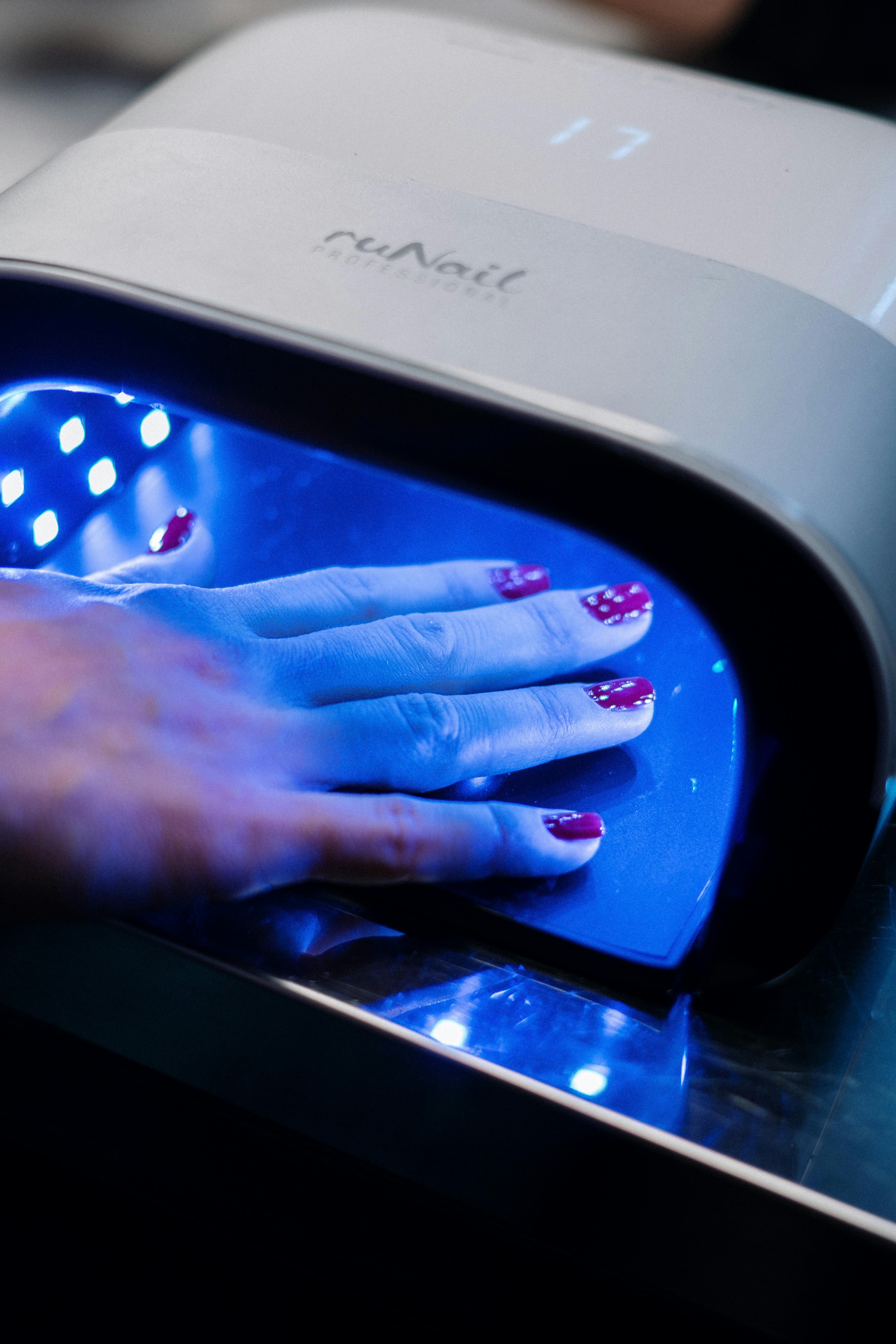Unraveling the Mystery: How Light Therapy Can Boost Your Wellness
Introduction: Have you ever considered that the light around us could play a crucial role in our health and wellness? Welcome to the captivating world of light therapy, an innovative wellness trend that is scientifically backed and offers potential benefits for a variety of health concerns. Let's dive deeper and understand this intriguing concept.

A Glimpse into the History of Light Therapy
Light therapy, also known as phototherapy, has its roots in ancient cultures. The Egyptians, Greeks, and Romans recognized the healing properties of sunlight and used sunbathing practices in their medical treatments. With the advent of modern medicine, the therapeutic use of light evolved. The discovery of ultraviolet light in the 19th century and its antibacterial properties led to the first Nobel Prize in Physiology or Medicine in 1903, awarded to Niels Ryberg Finsen for his pioneering work in light therapy.
Light Therapy: A Contemporary Outlook
Today, light therapy has been adopted in modern health care to treat a variety of conditions, including seasonal affective disorder (SAD), sleep disorders, and some skin conditions. The principle behind it is simple: specific wavelengths of light can stimulate or inhibit certain cellular functions, leading to therapeutic effects.
The Science Behind Light Therapy
The therapeutic effects of light therapy are attributed to its ability to affect circadian rhythms, our internal biological clock that regulates sleep-wake cycles. Exposure to light, particularly blue light, influences the production of melatonin, a hormone that regulates sleep. Light therapy is also believed to stimulate the mitochondria within cells, enhancing energy production and promoting healing.
The Benefits and Challenges of Light Therapy
Light therapy offers several benefits. It’s non-invasive, generally safe, and can be used alongside conventional treatments. However, the science is still evolving, and more research is needed to fully understand its potential and limitations. It’s also important to note that not all types of light therapy are equally effective for all conditions, and misuse can lead to side effects, such as eye strain or disrupted sleep.
Practical Insights: How to Incorporate Light Therapy
For those interested in trying light therapy, it’s best to seek guidance from a healthcare professional. Light therapy devices are available over the counter, but their quality and efficacy can vary. Remember, timing and consistency are crucial for light therapy to be effective.
Fascinating Facts and Practical Tips
- Light therapy is used by NASA to help astronauts maintain their circadian rhythm in space.
- Light therapy can be used to treat certain skin conditions, such as psoriasis and eczema.
- For treating SAD and sleep disorders, light therapy is most effective when used early in the morning.
- While smartphones and tablets emit blue light, they are not powerful enough to be used for light therapy.
In conclusion, light therapy is a fascinating area of wellness that holds considerable potential. With its roots in ancient practices and a growing body of scientific research supporting its use, it offers yet another tool in our quest for improved health and well-being. As always, it’s crucial to approach new health practices with an open mind, balanced by a healthy dose of skepticism and a thirst for scientifically backed information.




